This is my story of film photography over the past two decades. I come from an era where film photography was the only form of photography known to the common man. Unfortunately I was born in the tail end of that glorious era, in 1983. By the time I got to the age of awareness, murmurs were already heard about a device capable of capturing images and rendering them on a screen in an instant.
Nonetheless, I stuck with film and it was all I shot for a good 2 decades or so. I still shoot film today but it’s a far cry from what I did at the start of the 21st century. Here is a presentation of my photographic “career” in images and words. I’ve put career in inverted commas because even though I am a photographer by profession, most of the images seen here were shot for my personal projects. So, barring a couple of images, I didn’t get paid to shoot most of these photos.
A picture says a thousand words. But many of those words might be in whispers so it might not carry through to the viewer. Hence the text accompaniment.
The Distant Past (2003 – 2014)
Many films, many speeds, meeting all needs..
I have been shooting films since the 90’s. But I only started bringing ten or more rolls for photography based travel since the early 2000’s. This was when I got hold of my own SLR and lenses. I had shot with my dad’s Zenit EM before but I had never brought it overseas on my own.
This, for me, was my golden decade. Certainly not because I shot amazing photos, I’ve still not gotten there yet honestly. It’s because of the amazing variety of films I had access to. Fuji’s Velvia 50 was available in 100 feet bulk rolls, making it cheaper than any film available on the market today. At S$4-5 a roll it became our go-to slide film for a couple of years. It was also a time when Neopan 1600 existed. It is still best film I have ever shot with.
Between the years 2009 to 2011, I mainly shot on 35mm with a medium format TLR tagging along in case I wanted bigger negatives or transparencies. My cameras of choice were the F100 and the FM2. The Yashica 124G was the medium format camera I worked with. I’ve shown some images from these initial years where the film choices were slightly short of mind boggling but nonetheless very exciting for a film photographer.
Shimla was an Indian city I visited in 2009 and 2010. I mainly used this city as a stopover to the Himalayas in the winter. The films I brought along were the Kodak E100G, Ektar 100, E200, Fuji Velvia 100, Provia 100F and the Provia 400X. There would normally be a roll or two of Portra 400 as a backup incase I ran out of slides. Now, I can’t even afford a roll of Portra, let alone any of the remaining slide films that are still around today.
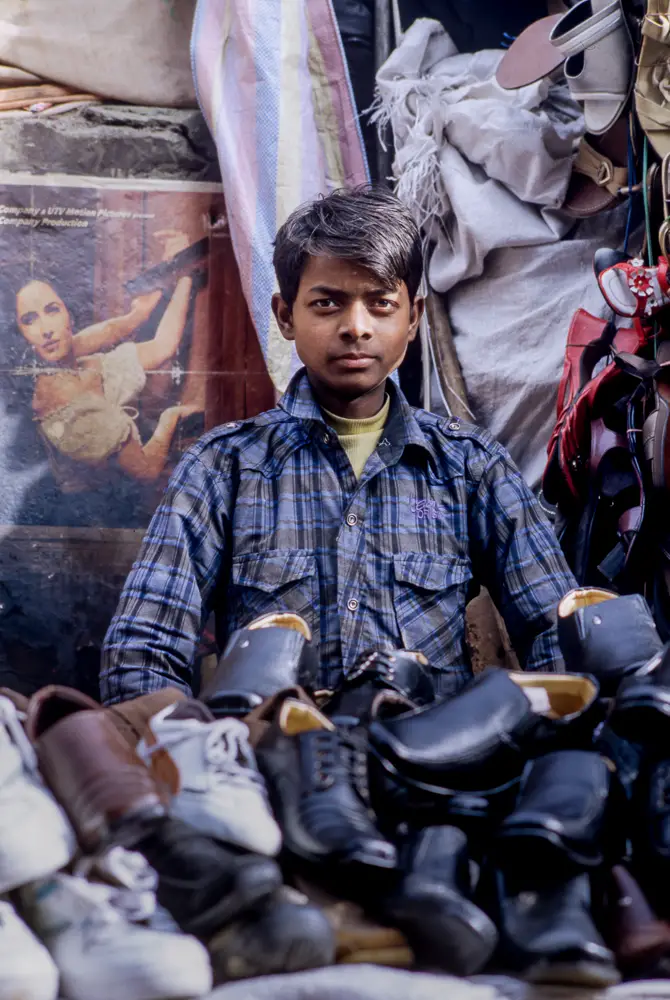
The portrait above was shot on Kodak E100G. I found this film to be almost as good as the Provia 100F. Its only shortcoming was the inability to handle long exposures.
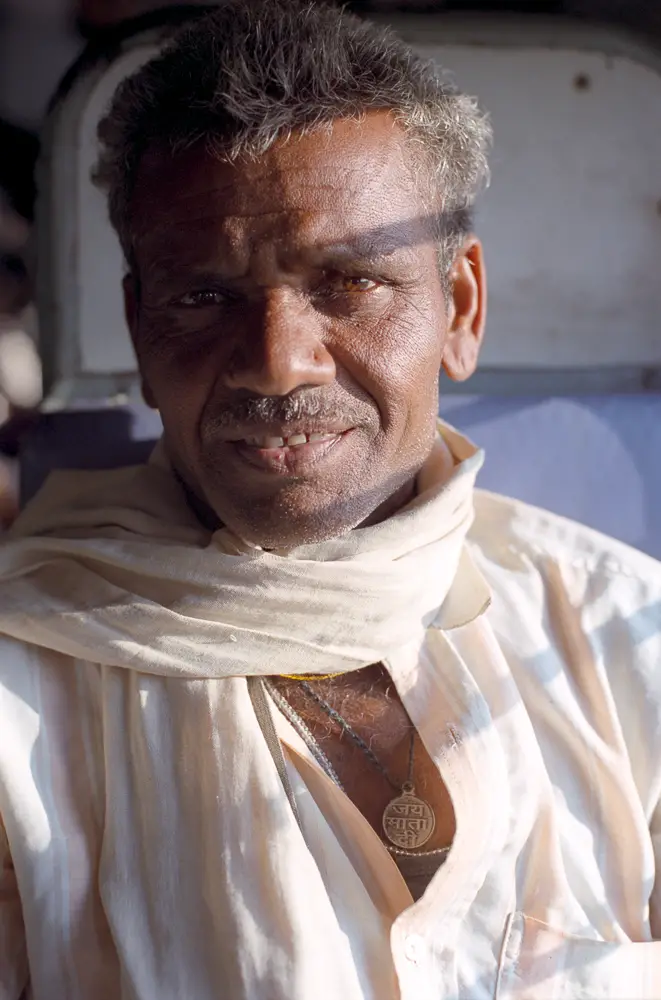
When on the move in trains etc, I’d load a Portra 400 as the light would be more unpredictable. Hence having a higher ISO helped keep the photos shake free even in a moving train. It also made you less worried about messing up the exposure when it was not easy to meter accurately. The photo above was taken on the way to Delhi from a place called Jhansi. The gentleman gave the most resplendent smile when I pointed the camera at him.
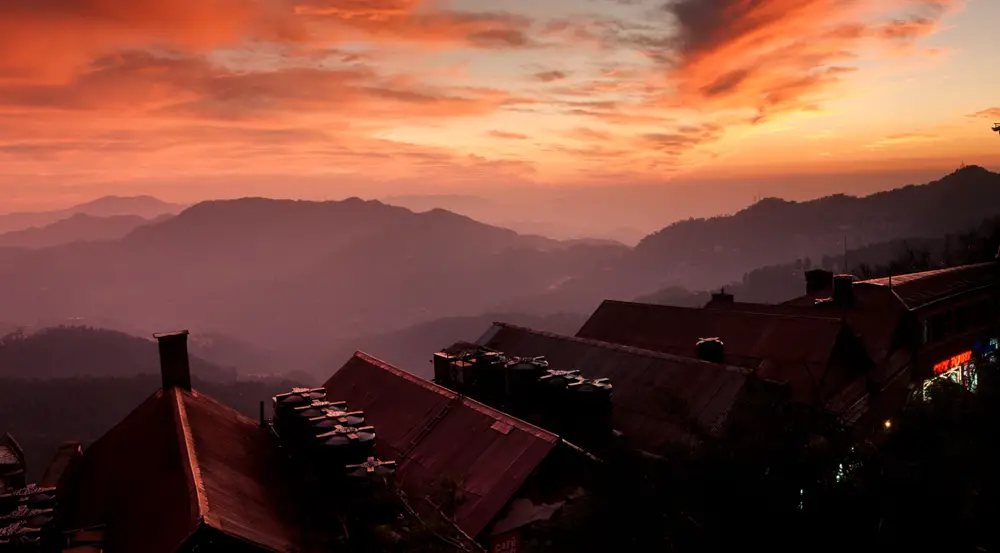
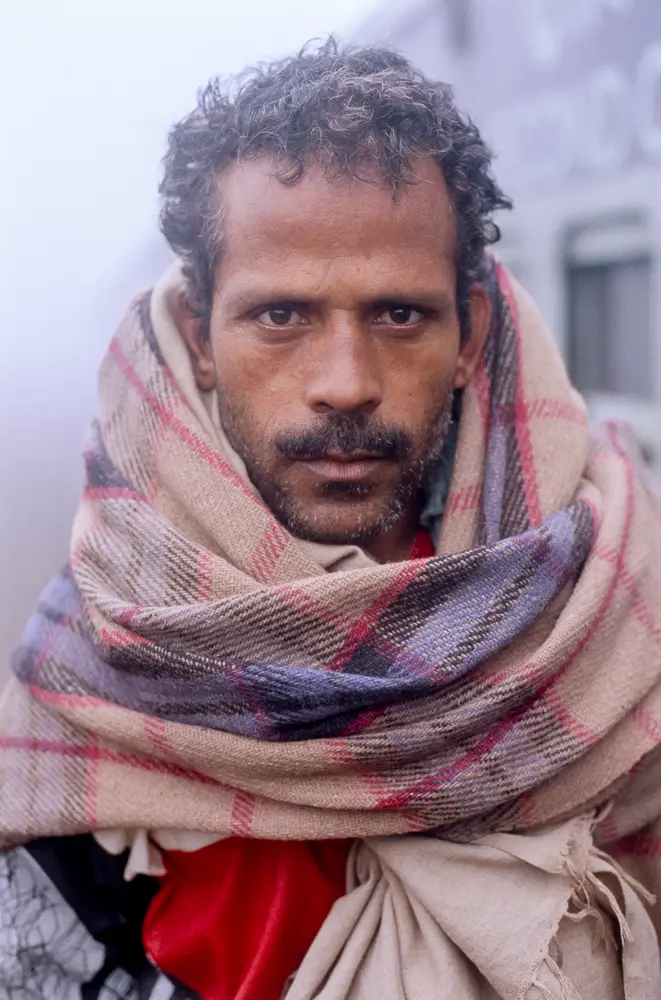
One film I regret not shooting enough was the Kodak E200 which was a film that was great for sunny and very cloudy conditions. This gentleman shot on E200 was lit up by the diffused sun thanks to a thick fog blocking much of the morning light.
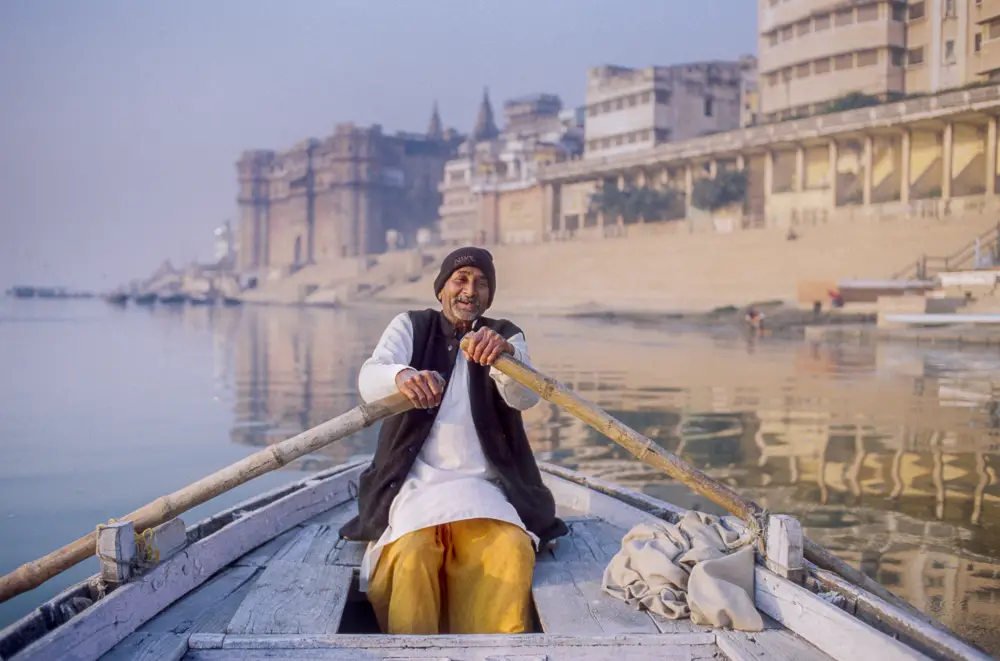
By the time I reached Varanasi in 2011, Kodak had already discontinued the Kodak E200 and I shot the last ten rolls in this city but I replaced this film with the Fuji Provia 400X and it is the best 400 ISO slide film I have ever shot.
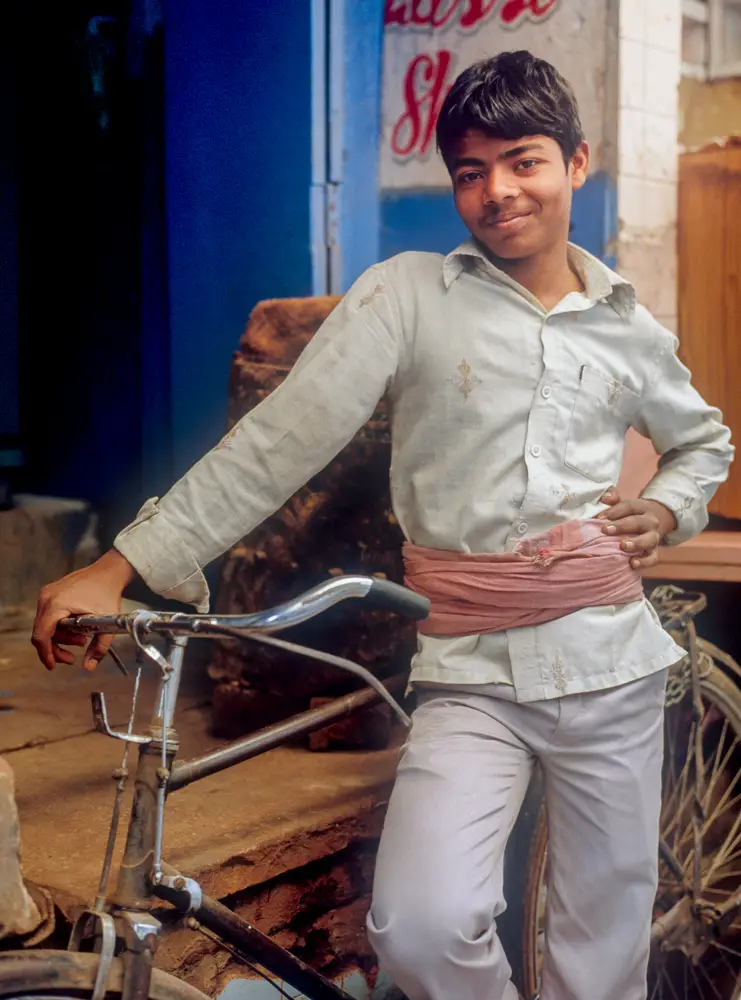
The photo above was shot on the 400X and it was so easy working with the film in sheltered narrow walkways of Varanasi. I had just gotten hold of a Mamiya 645 PRO TL so I loaded one film back with E100G or Velvia 100 and another back with the 400X. Once in a while I’d shoot the sunrise on the 100G too. Little did I know then, the film would be discontinued over the next few months.
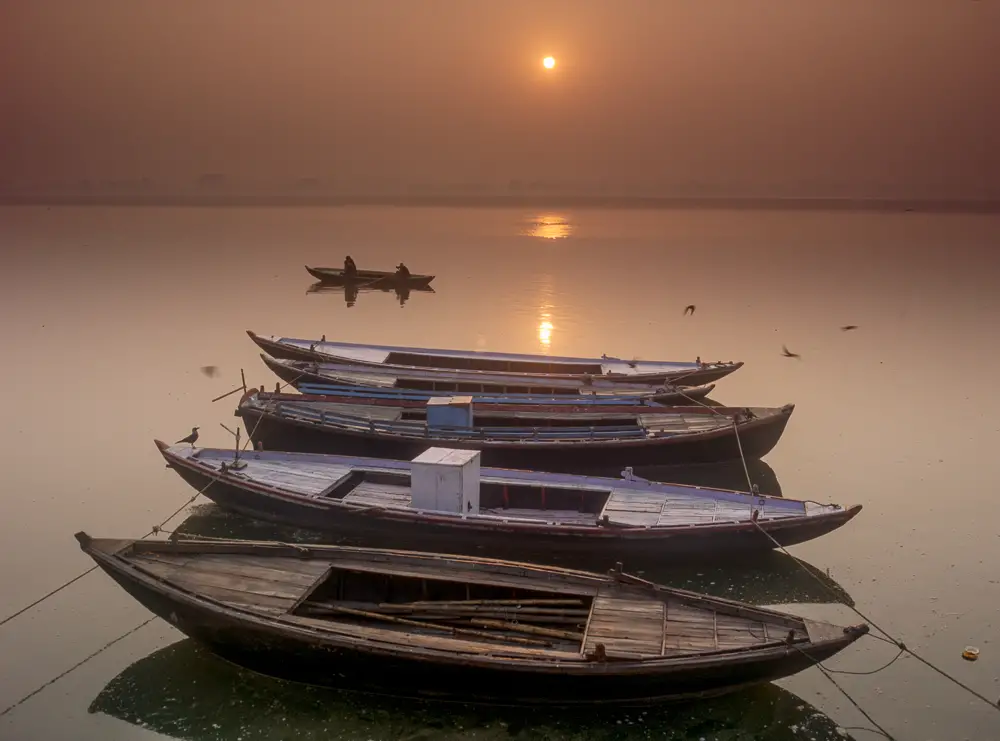
With the E100G and E100VS being discontinued around April 2012, I mainly relied on the Fuji Slide film stock from there on. But I found a cheap alternative for Kodak slides and that was the E6 cine film called E100D. Avaialble as a 400 feet 35mm film it gave me hopes for being able to shoot cheap slide films like I did in the early 21st century! On my next trip to Tasmania and New Zealand, I brought along the Provias and Velvias and my last few boxes of E100VS in 120 format. For 35mm, I only brought along 20 rolls of Eastman E100D.
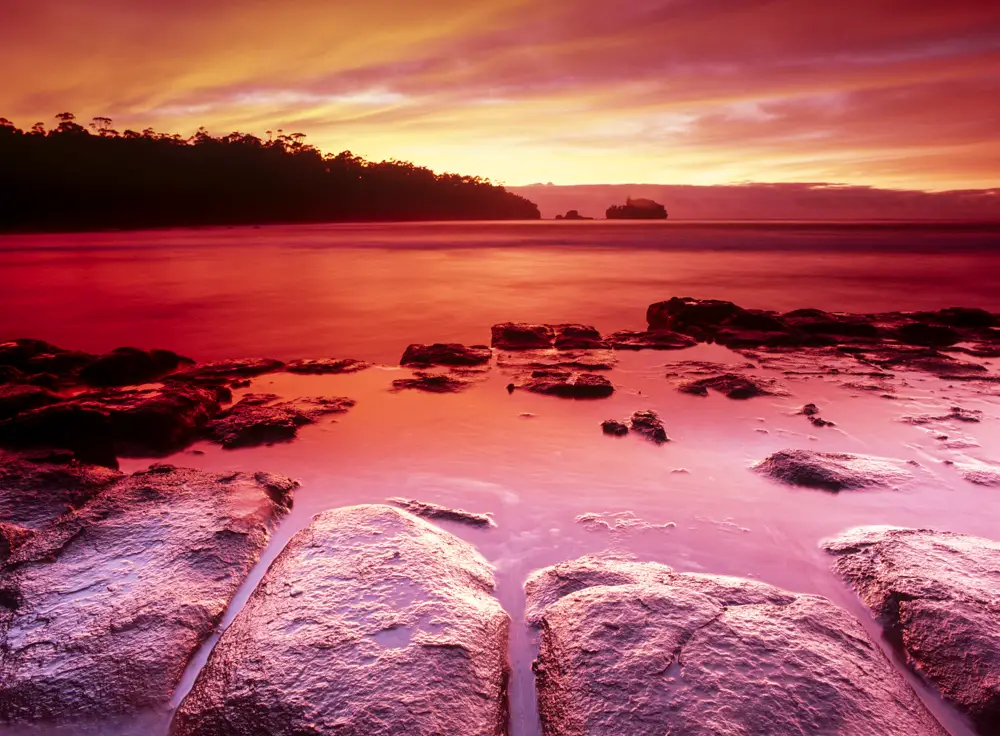
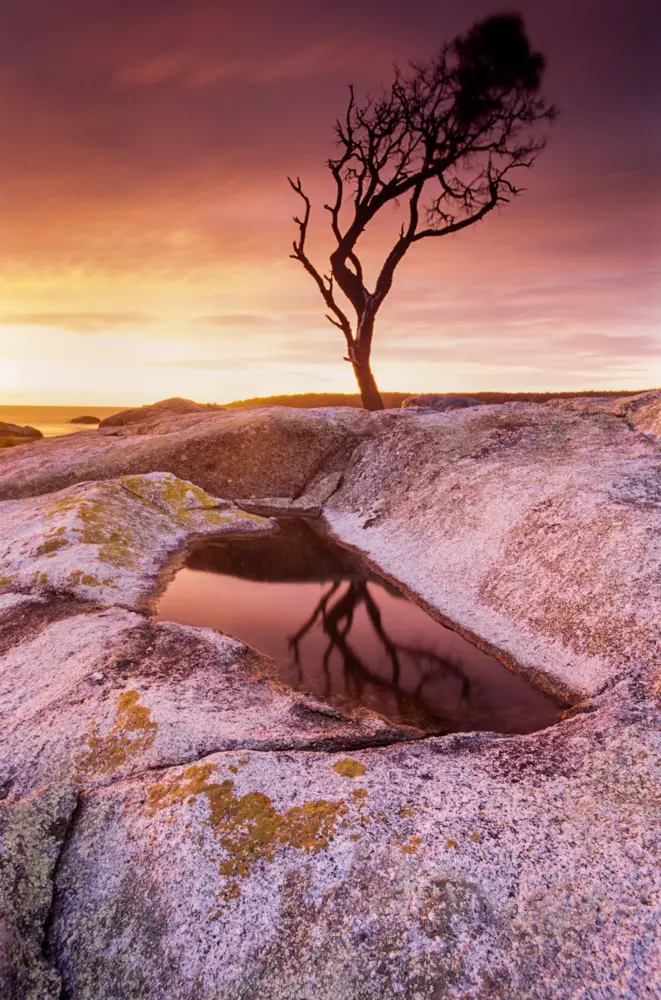
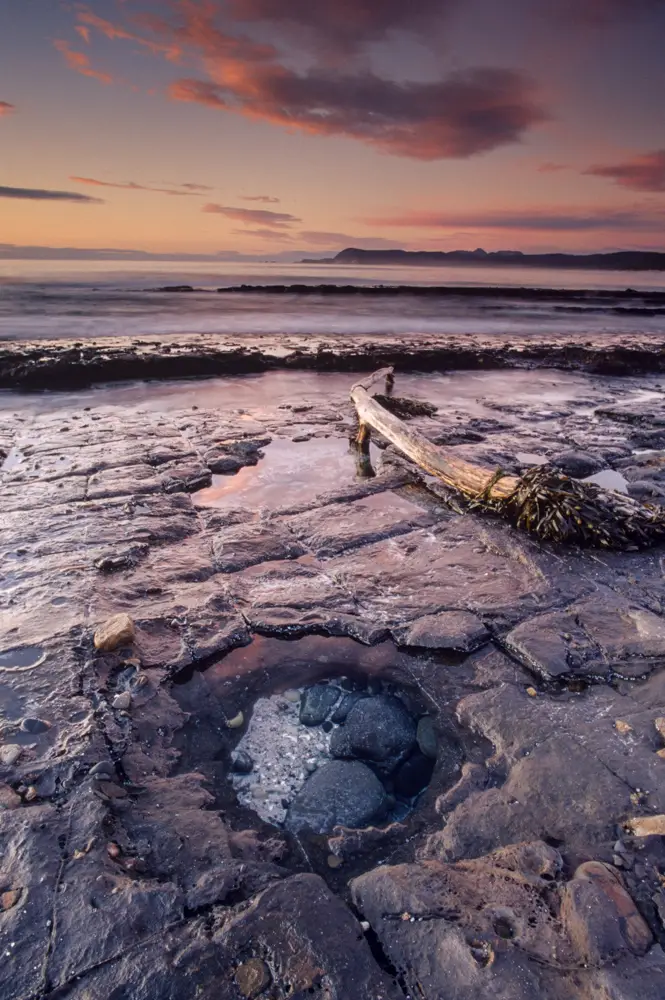
Then Fuji Astia (my preferred film for studio photography) was culled as was the Kodak E100D (only to be resurrected as the Ektachrome 100 recently by Kodak) but I added Ektar 100 to my arsenal of low ISO films. It probably marked my entry into the world of negative colour film because I would bring at least 5 rolls of negative colour films (on previous trips it might have only been one or two rolls at most) on my trips from here on.
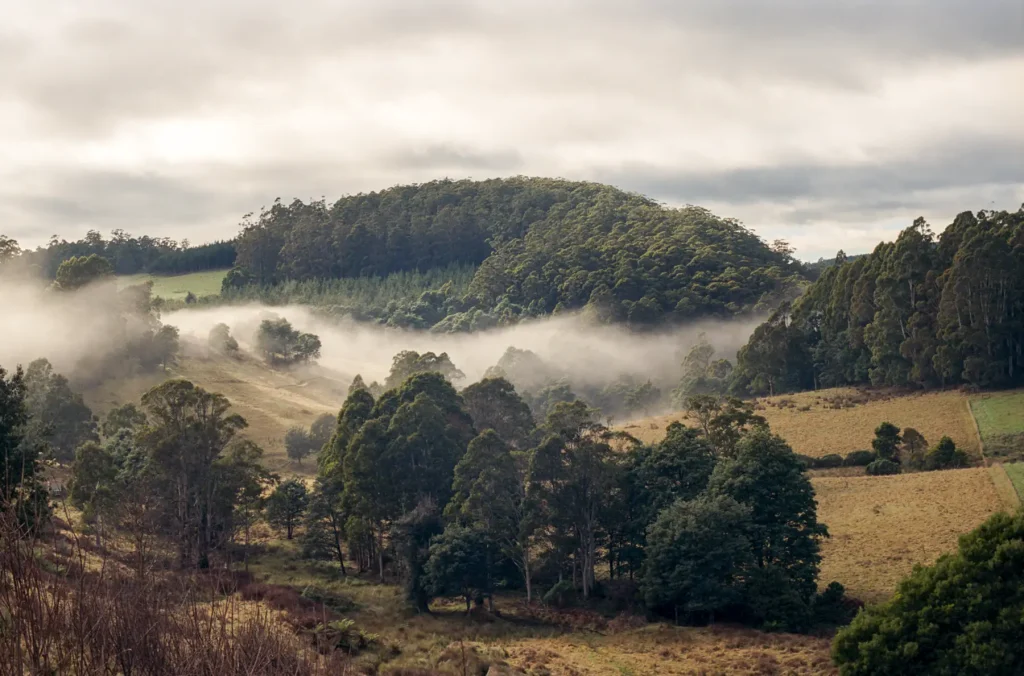
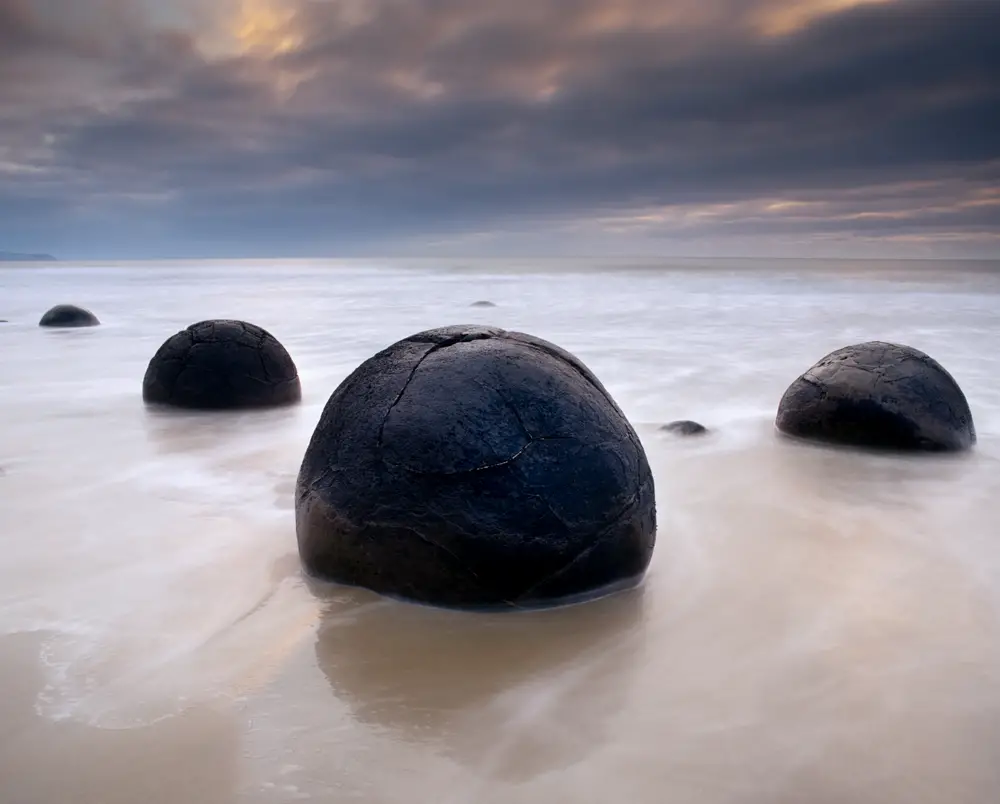
I shot my remaining E100D in Indonesia and India between 2014-2016 and came one step closer to ending my relationship with slide films.
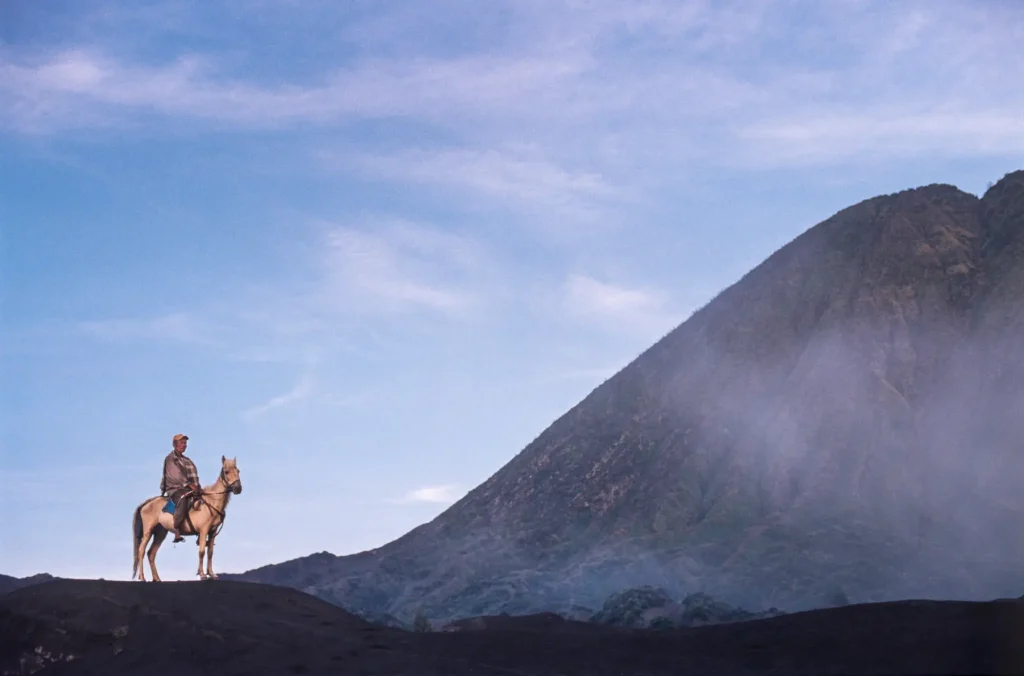
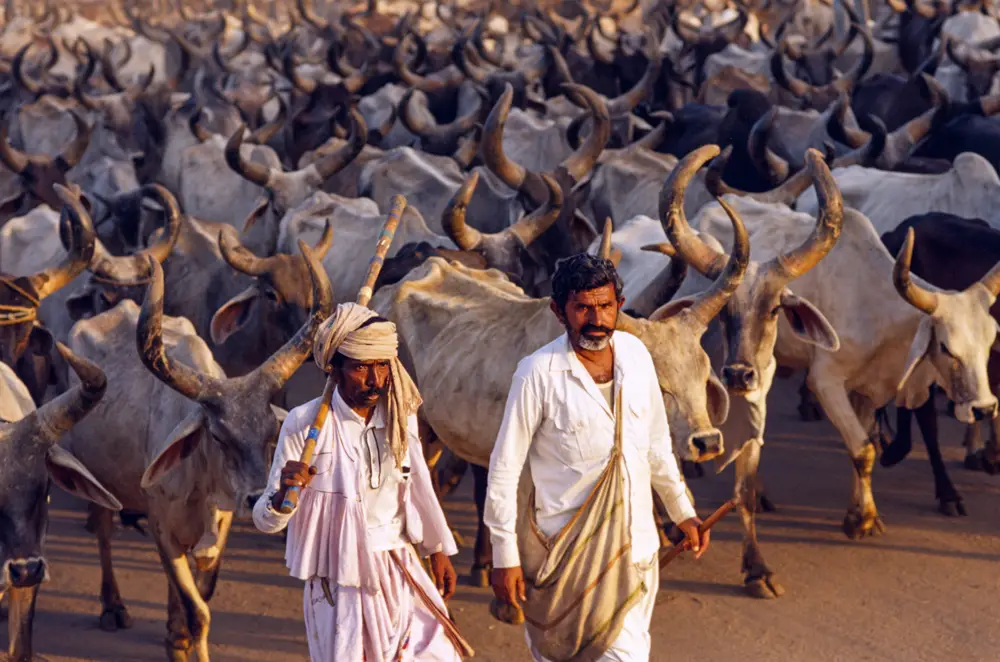
My high ISO emulsions of choice were the Fuji PRO 800Z and the Portra 800. I preferred the former to the latter as the grain was a bit too conspicuous on the Portra. Unfortunately the 800Z was discontinued in 2011 and I shot my last unexpired stock in 2013-2014.
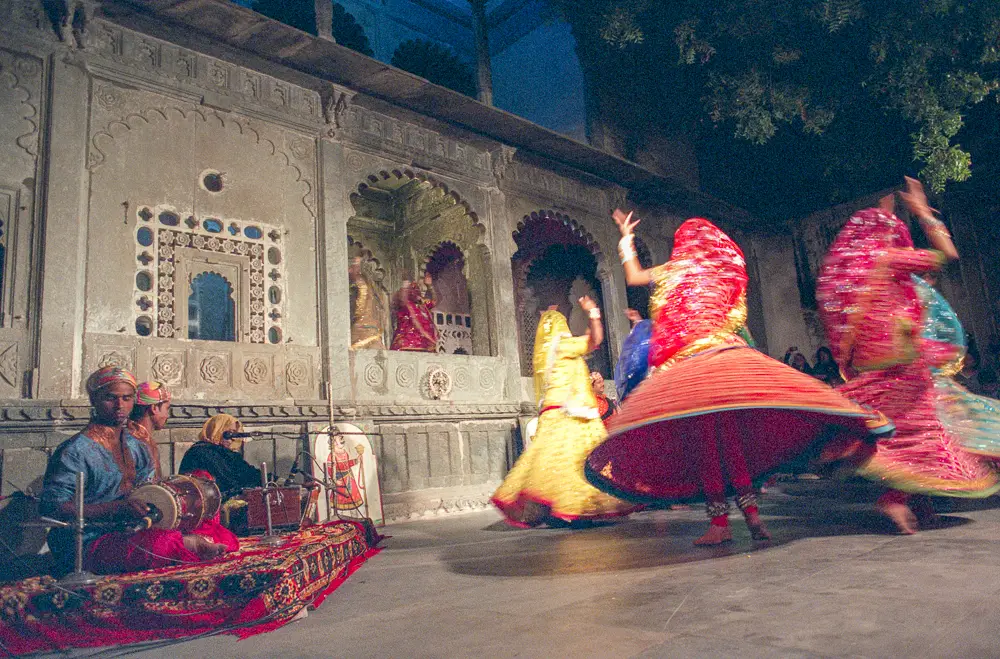
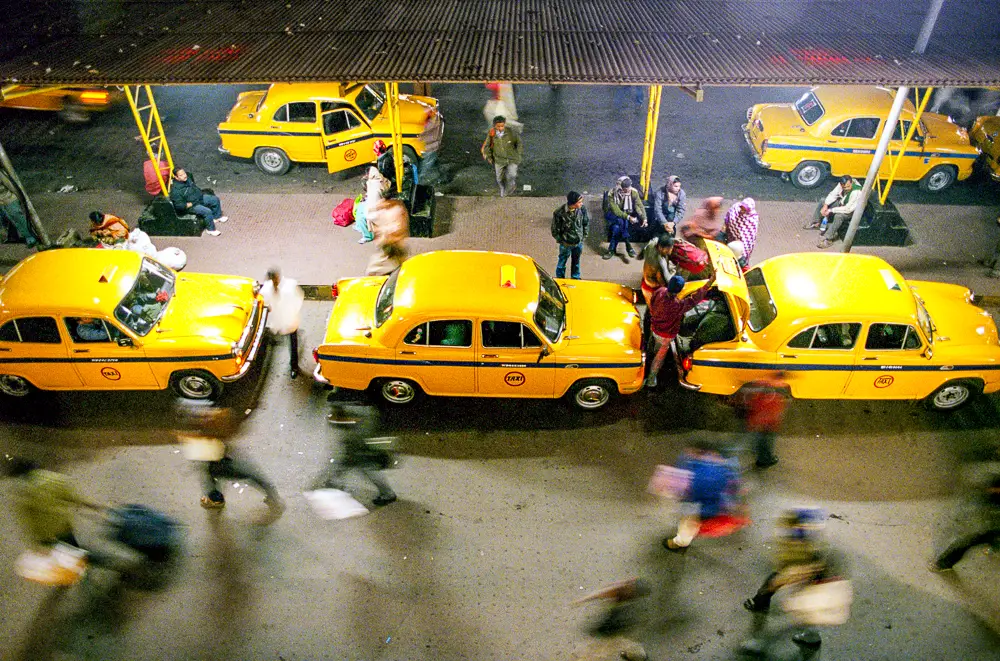
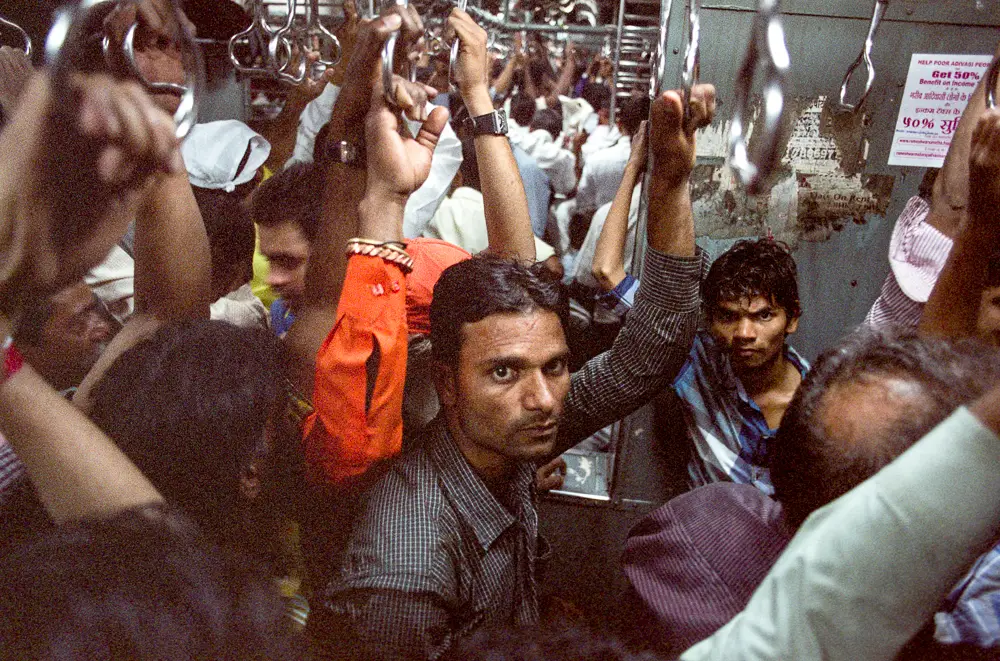
The Not so Distant Past (2015-2018)
No one roams with so many chromes!
By 2014, slides only formed half of my film arsenal and the remaining half was negative films. I distanced myself from the over saturated slide films (Velvia and E100VS) as I wasn’t shooting as many landscapes as I did in Australia and New Zealand. When I started working in the Himalayas during winter, I was shooting a lot more portraits and indoor shots hence I became a big fan of the Provia 400X and the Portra 400. The few landscapes I did shoot could be done on the Provia 100F at the expense of steroidal saturation.
Although Fuji 400H was cheaper (yes it really was cheap at one point in time!), it didn’t scan as well as the Portra 400 back then so I bought the Portra 400 in 220 format. I actually lugged a Mamiya RB67 (4 lenses and three film backs), a Rolleicord Vb and a Yashica 22 (dedicated 220 camera!). This was 2014. Low light photography was done using the Ilford Delta 3200 and Kodak Portra 800. I still wasn’t a big fan of the latter but it was all there was in 120 format for low light photography.
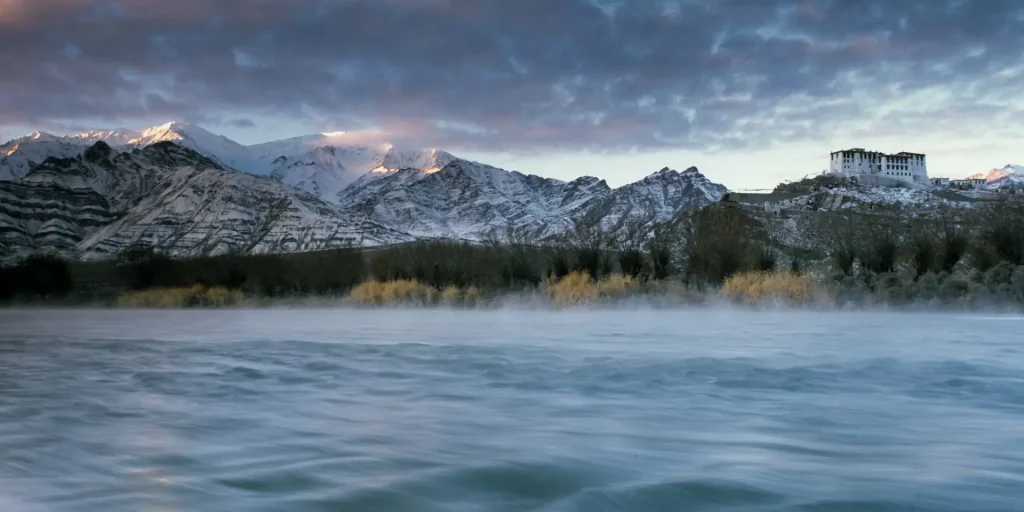
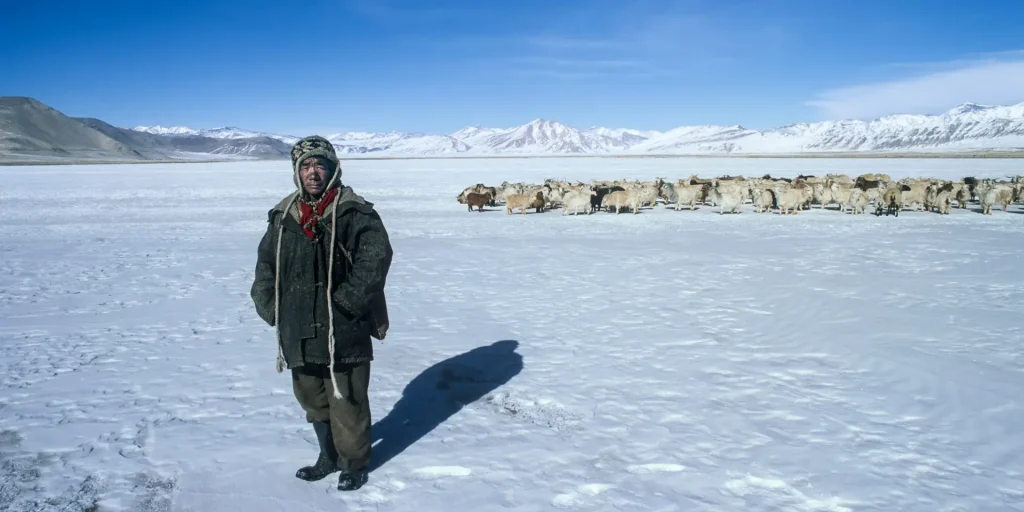
The full series of images from this project appears in two parts at the links here and here
Once the light levels dropped, the Provia 400X came to the rescue as did the Portra 800.
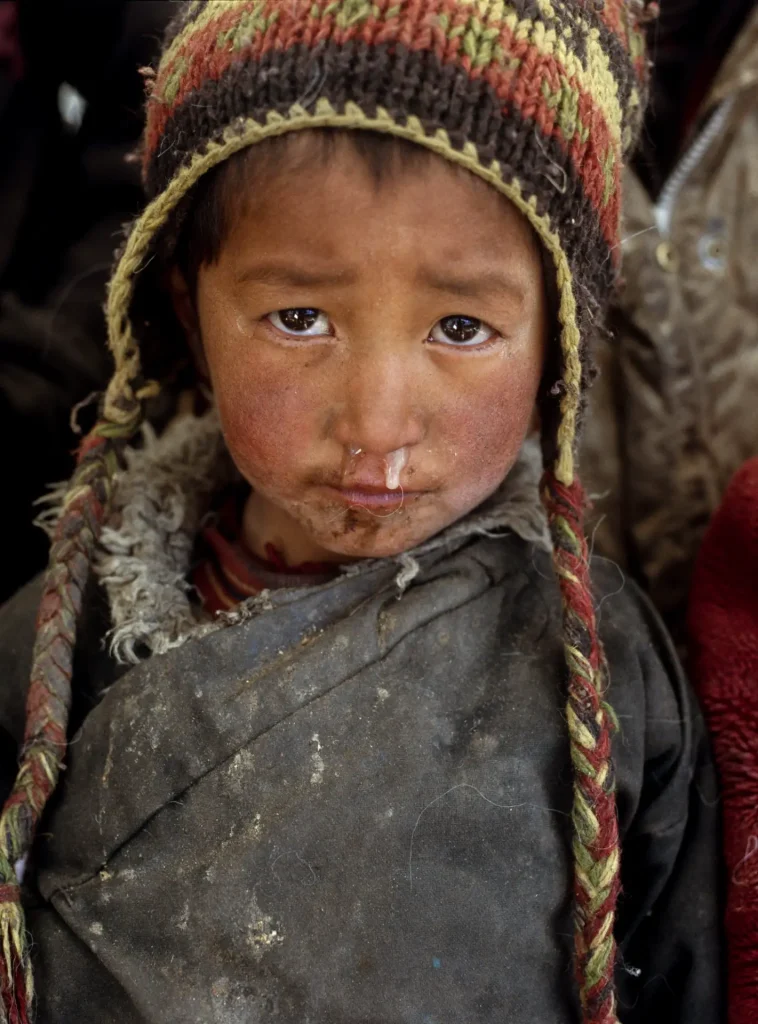
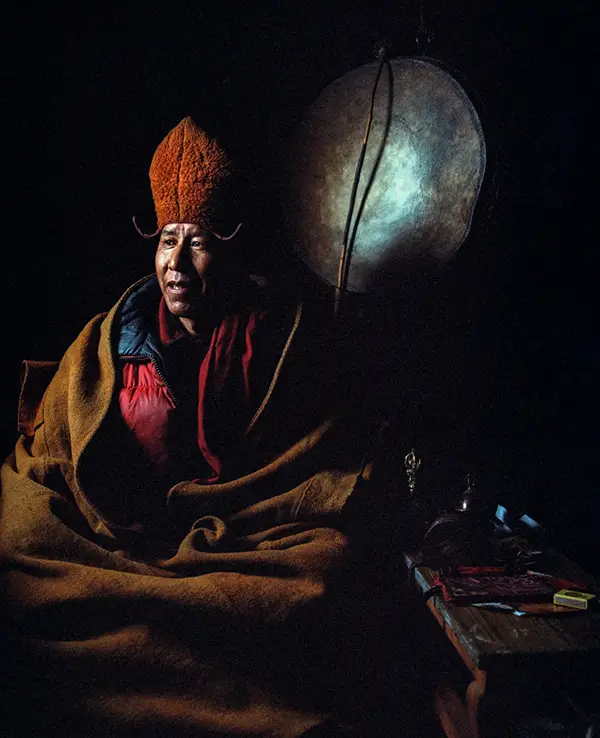
Unfortunately 2 of my 220 format rolls of Provia 100F were destroyed by the lab in a processing error so I lost many of the landscapes and long exposures from this project. I can’t imagine how I continued shooting slide film for the next two or so years after this tragedy.
In Kyrgyzstan and Russia (which I visited in 2015 and 2016) I shot most of the remainder of my Provia 400X and 100F and started shooting more on the Portra 400 in 220 format. The 220 format was godsend when working in temperatures hovering in the negative 30 centigrade range. The main cameras I worked with were the Pentax 645N and the Pentax 67II with a Nikon F100 that I shot when on the move. The 220 film gave 33 exposures on the 645N and 20 exposures on the Pentax 67II while also saving my hands from frostbite and whatnot when changing films. I brought along a few rolls of Portra 160 in 220 format too and when the sun shone bright, I shot with it as much as possible.
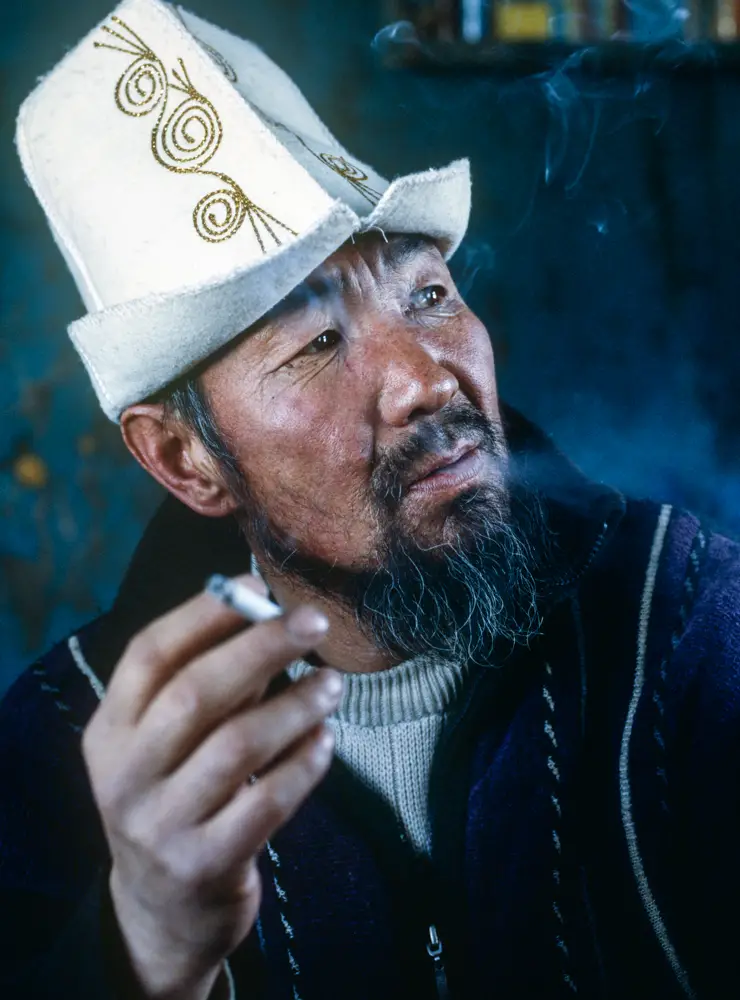
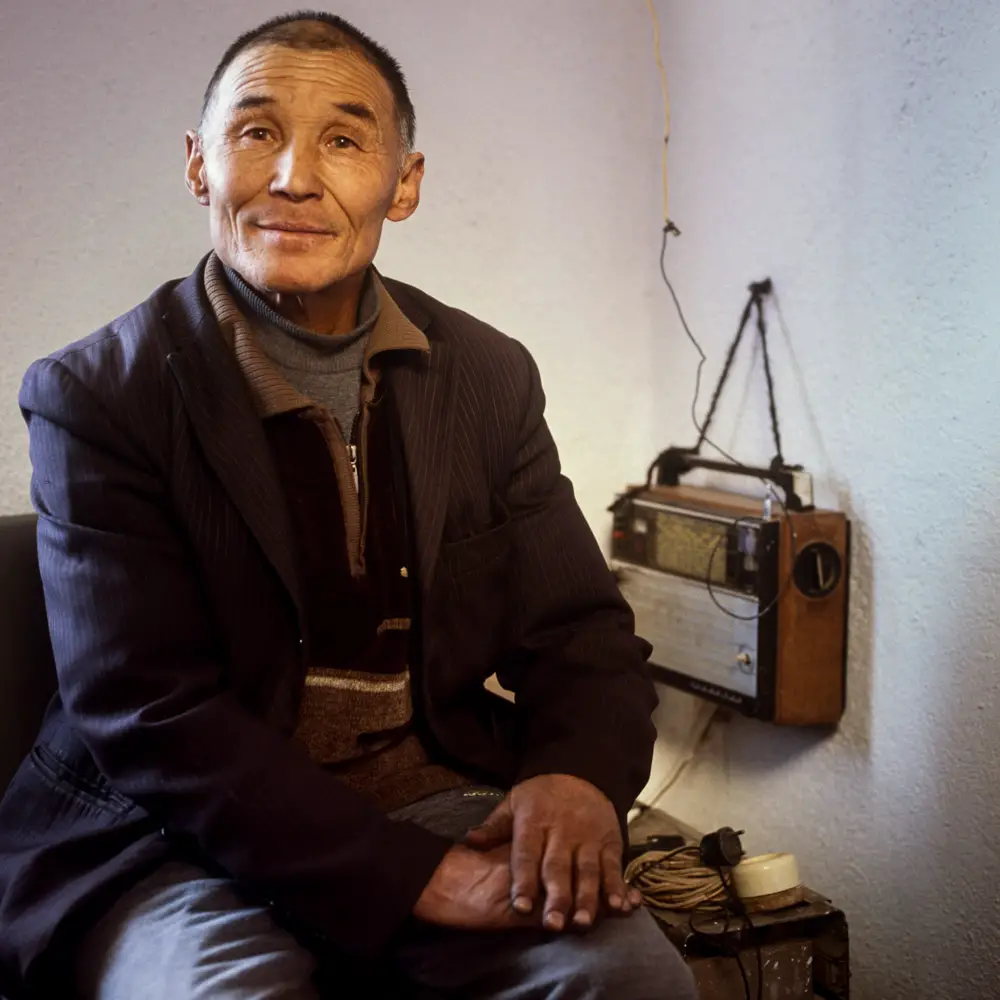
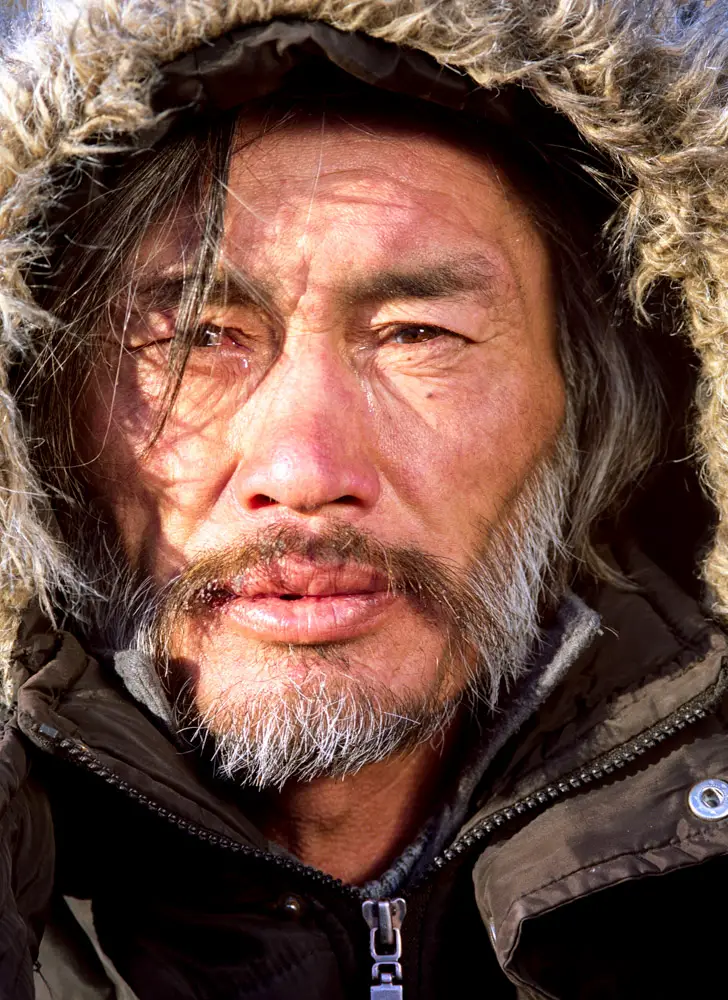
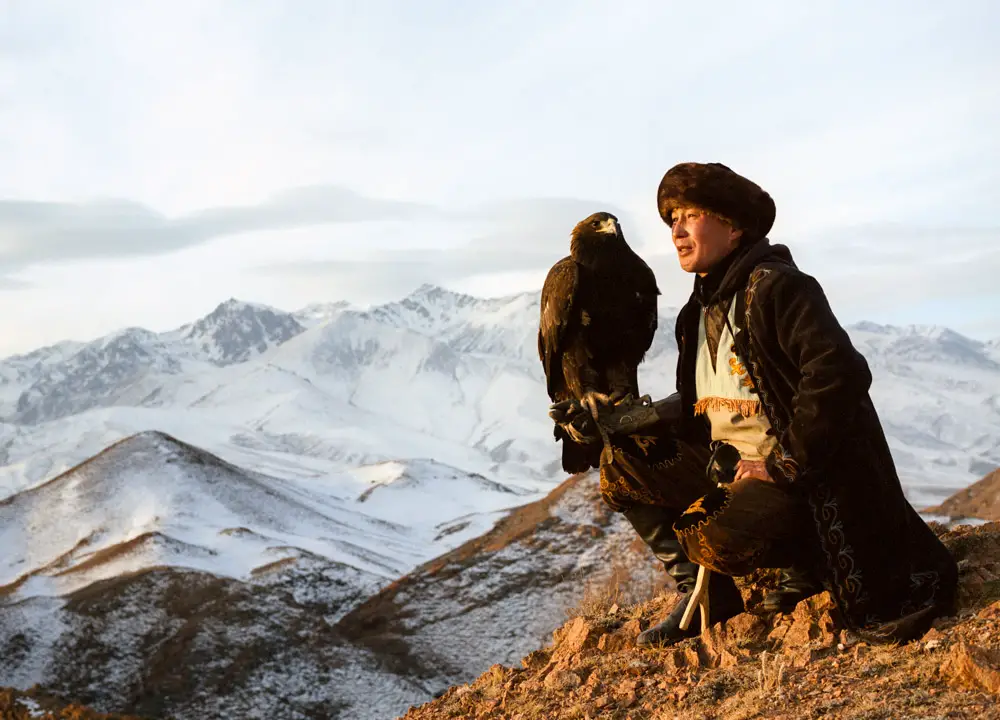
In Russia and Kyrgyzstan, I did several hour long exposures with the Provia 100F, exploiting its reciprocity handling wherever possible. Unlike the rolls in the Himalayas, these turned out fine.
Be it the northern lights….
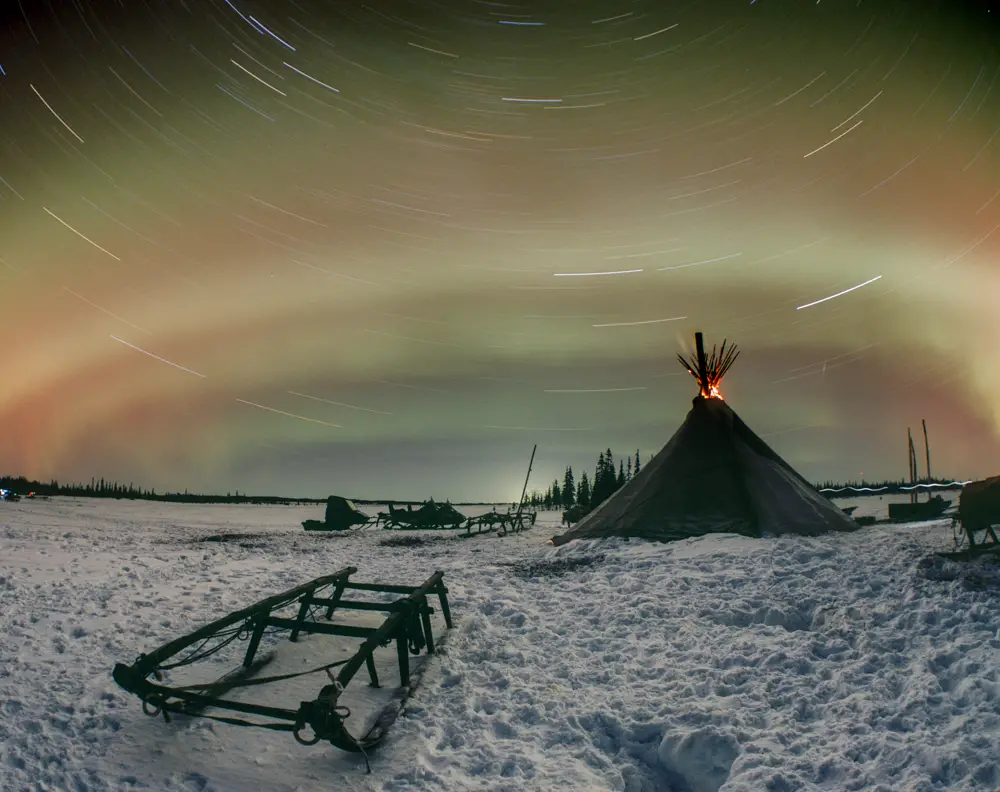
Or just a toilet in the middle of nowhere in Kyrgyzstan…
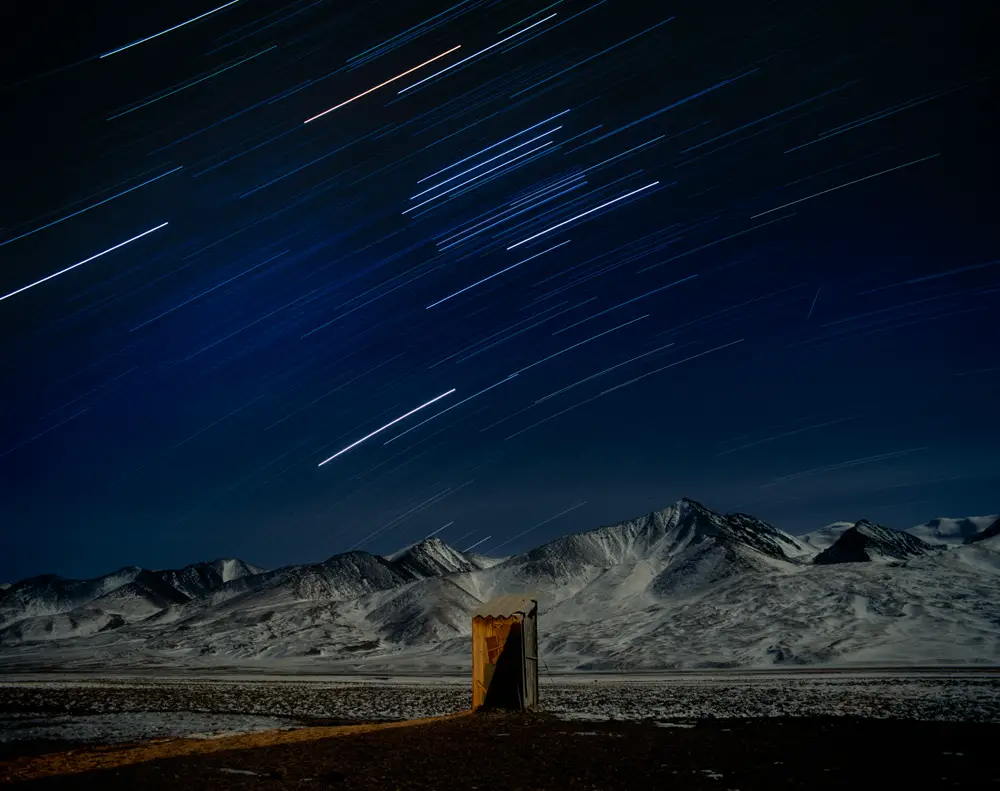
The Provia 100F continues to be my favourite film for making long exposures. No colour shifts, no compensation for reciprocity failure needed, it just got the job done. If I could live with just two slide films for my entire life, it’d be the Provia 100F and 400X. No challengers.
The Big Jump (In Prices)
Drop in film types, rise in film price!
2016 was the last year I brought more than 20 rolls of colour film for a project on a single trip. A lot of effort has gone into justifying the rising price of films. From YouTube videos to blog articles, there is no shortage of material ridiculing the one complaining about the price increases. Film photographers are supposed to be grateful that production of film continues despite the increase in prices. Because, an increase in price is still better than a stop in production. All the blog articles and YouTube videos do come from a place of mild privilege. They assume that because film prices are keeping up with inflation, it is perfectly normal. They completely (or conveniently) forget that income for many people has not kept up with inflation.
I had lost four cameras and all my exposed black and white films to a thief in India in June 2017 and that kinda exacerbated the problem of being able to afford and shoot films for photo projects. But I fanatically tried to continue.
If I were to sum up all this text in images, it would look thus:
2016 allowed me to shoot on slide films in medium format
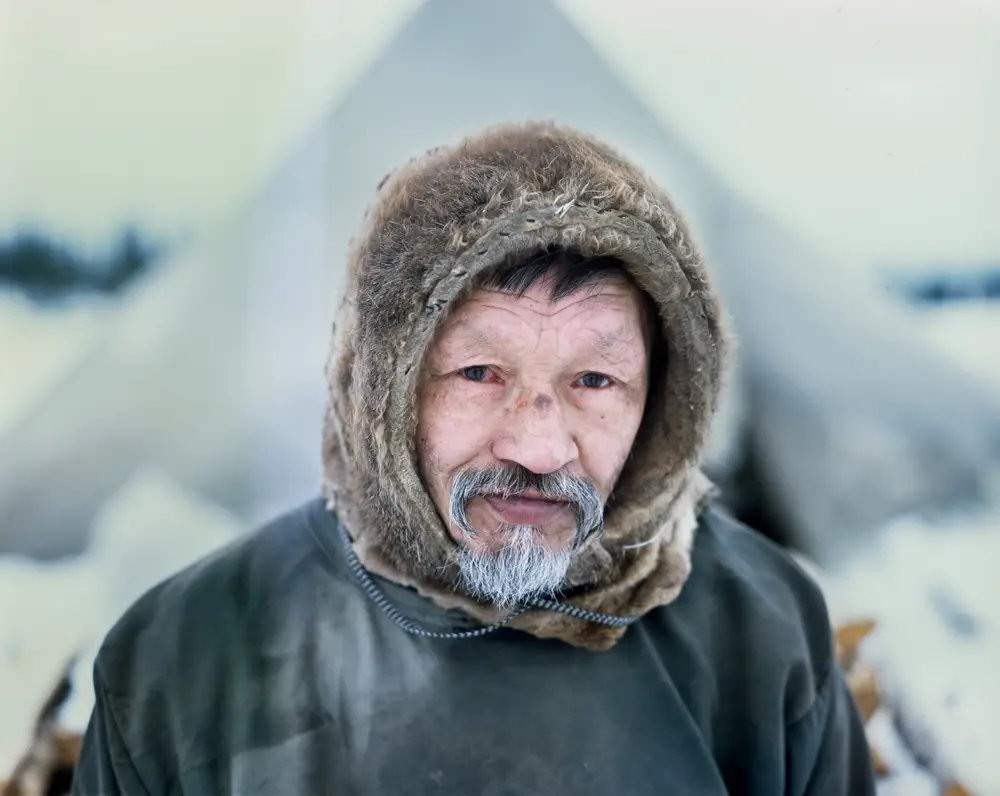
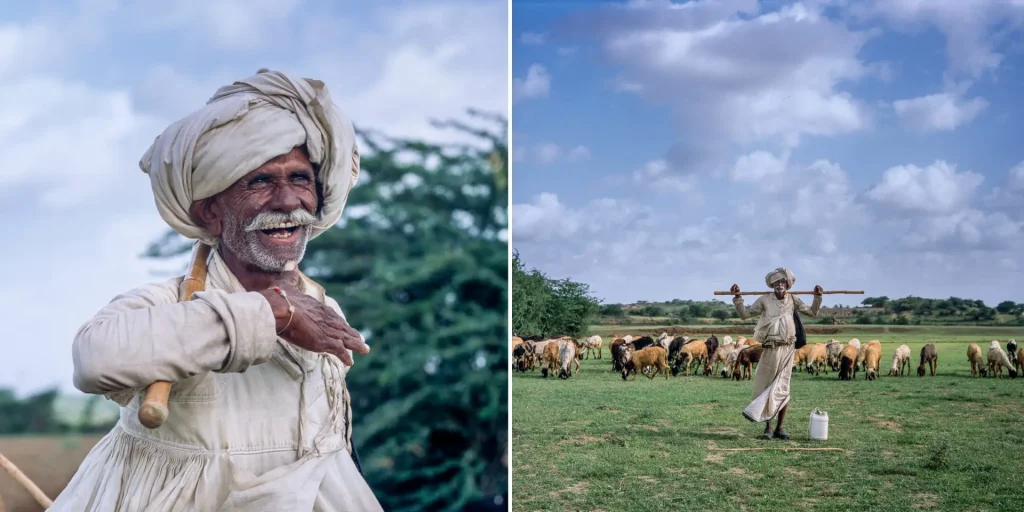
2017 had me switching to colour negatives but I could still shoot a few remaining rolls of 35mm slides. By the time 2018 started, I had completely stopped shooting colour on 120 format be it slides or negatives. I shot my residual rolls of 400H in 135 until that film too hit $15 a roll. I “downgraded” to Fujicolor C200. I’m still saving the last few rolls for a project I am hoping to shoot in colour.
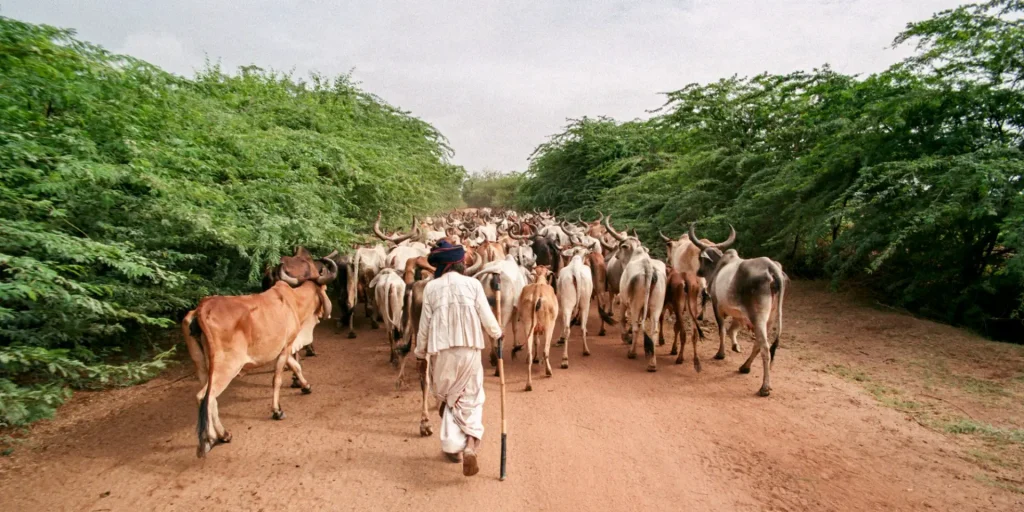
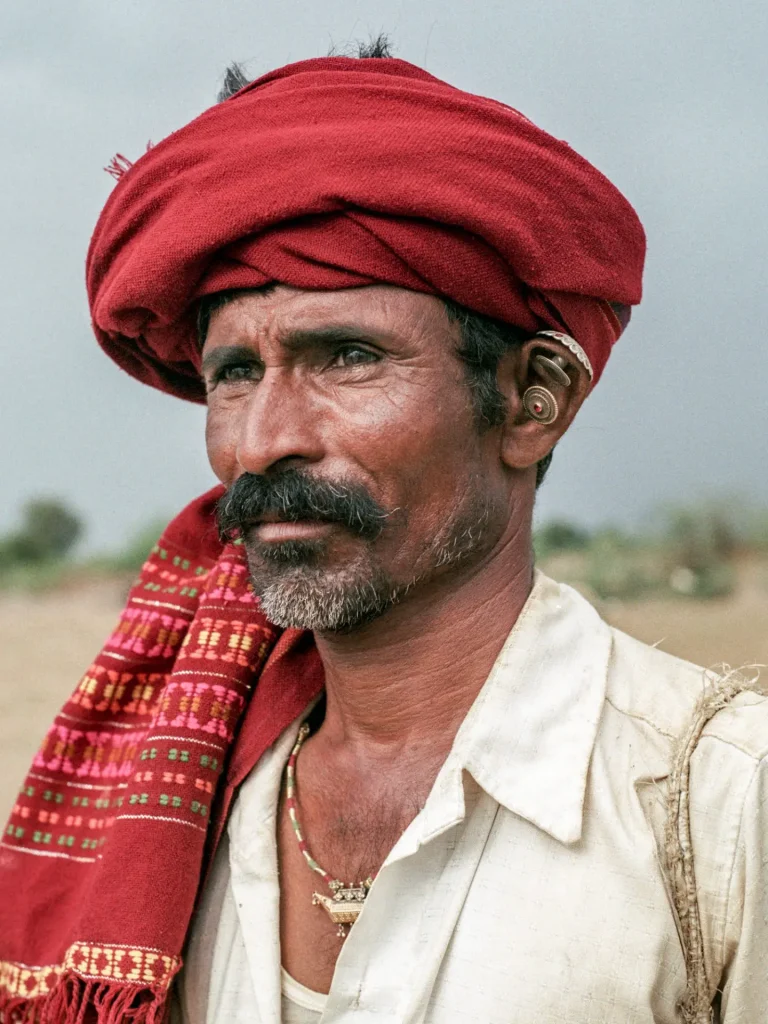
Final Efforts in Staying Colourful
A last ditch effort, too much discomfort…
By the end of 2018 I had pretty much used up most of my colour films. It was clearly a choice between giving up colour film completely or trying to find cheaper alternatives. And it definitely is not a case of me not trying to make colour photography cheaper.
Initial tests with ECN-2 colour negatives failed miserably. I was tearing my hair out trying to maintain a 0.1 degree accuracy for the processing temperatures. All this while my toilet bowl had to be cleaned of remjet every time the processing ended. All this, just to get accurate colours on the negative. With that, the final nail in the coffin of my colour photography in film was driven in. I completely stopped shooting colour negatives since the start of the pandemic in 2020.
I just couldn’t afford it. Couple that with income loss (I work as a photographer and a photography instructor) during the lockdowns and the restrictions in photography workshops, and I pretty much wanted to sell off my gear and herd buffalos instead. I sold off my Pentax 67 and RB 67 in 2020. Paying an arm and leg for 10 exposures of any 120 film was a privilege I couldn’t afford anymore.
So colour photography shifted to digital cameras and I desperately cling on to the last thread of hope in film photography — black and white negative films.
Life sans colour.. Black and white priority!
Can’t afford chromes, only monochrome
While most of the above pictures are in colour, I always shot black and white alongside colour. I hadn’t brought a digital camera on any of the above trips and survived totally on film. With Ilford’s price increase due anytime, even black and white films are slowly getting out of reach for me. Honestly, I am happy just being able to shoot any film at all. Hence my life came to a point where I could choose to keep it simple by shooting digital. Or complicate it further by looking for a film that can be bulk loaded on the cheap and still deliver reasonably good results. No prizes for guessing what I chose.
2016 was also the year 10 rolls of Neopan 400 (135) with 2 rolls of Fuji Acros 100 (120) followed me to the Russian Arctic. Normally I’d bring around 5 rolls of black and white film for every 20 rolls of colour films. In Russia I brought 30 rolls of colour and 15 rolls of black and white films. I ended up shooting almost all of them during my month long trip. Black and white films were still cheap enough that I could shoot actually consider shooting reindeer asses on them.
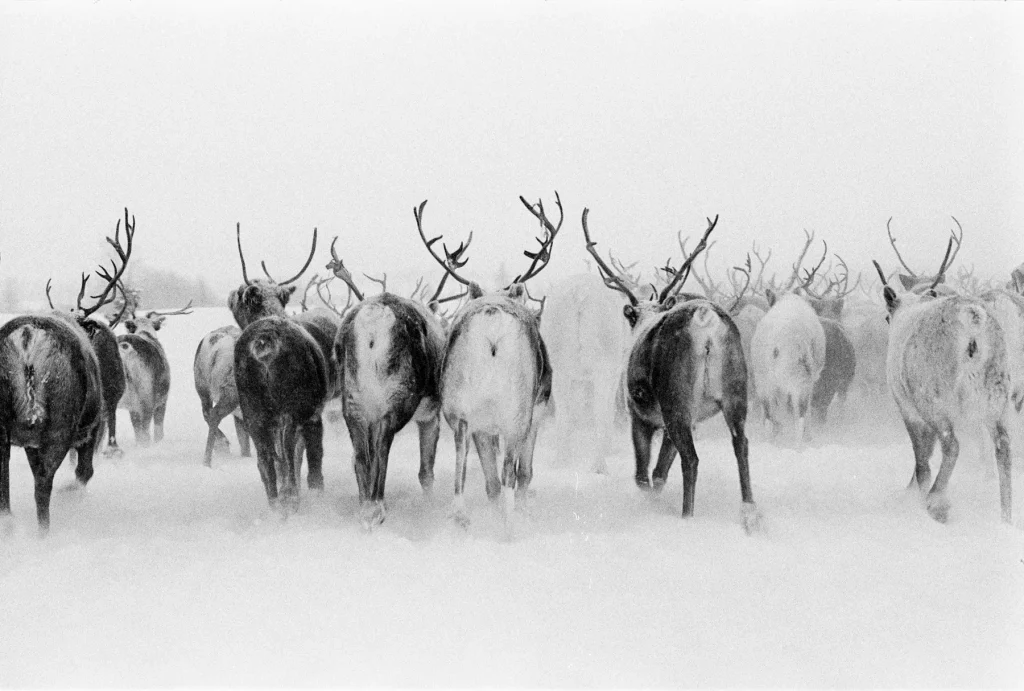
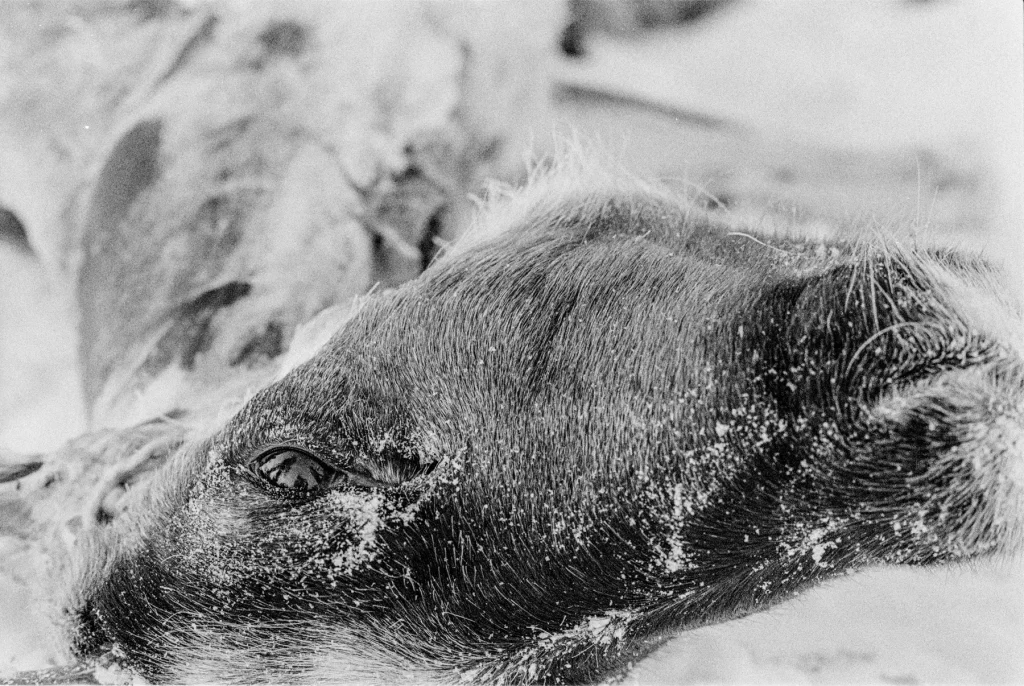
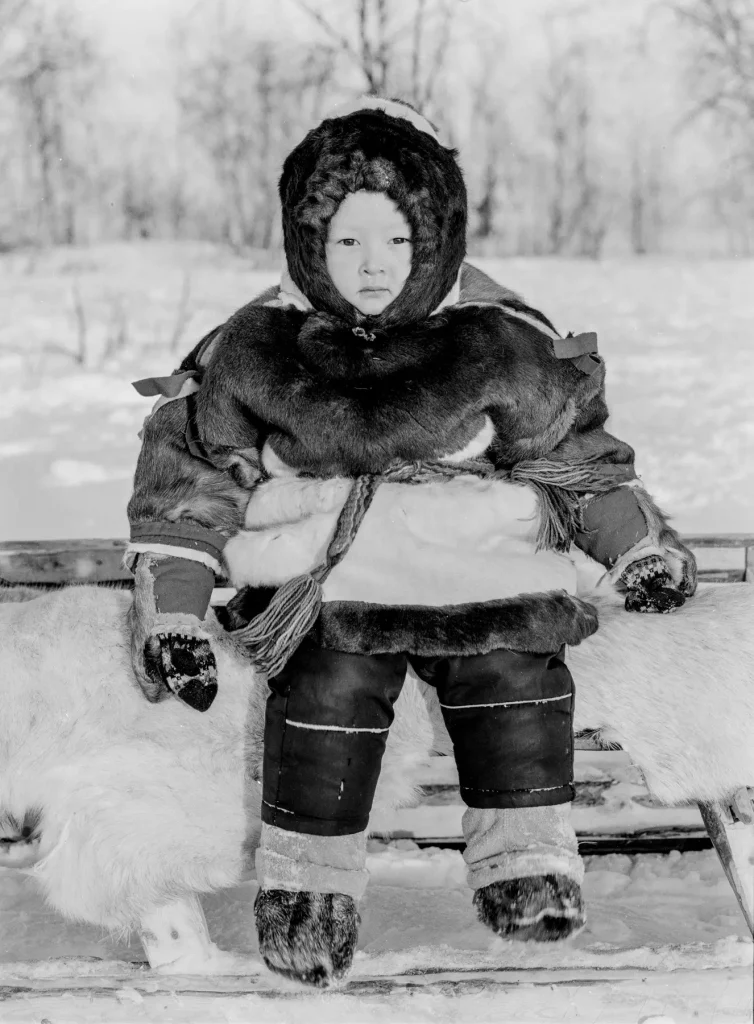
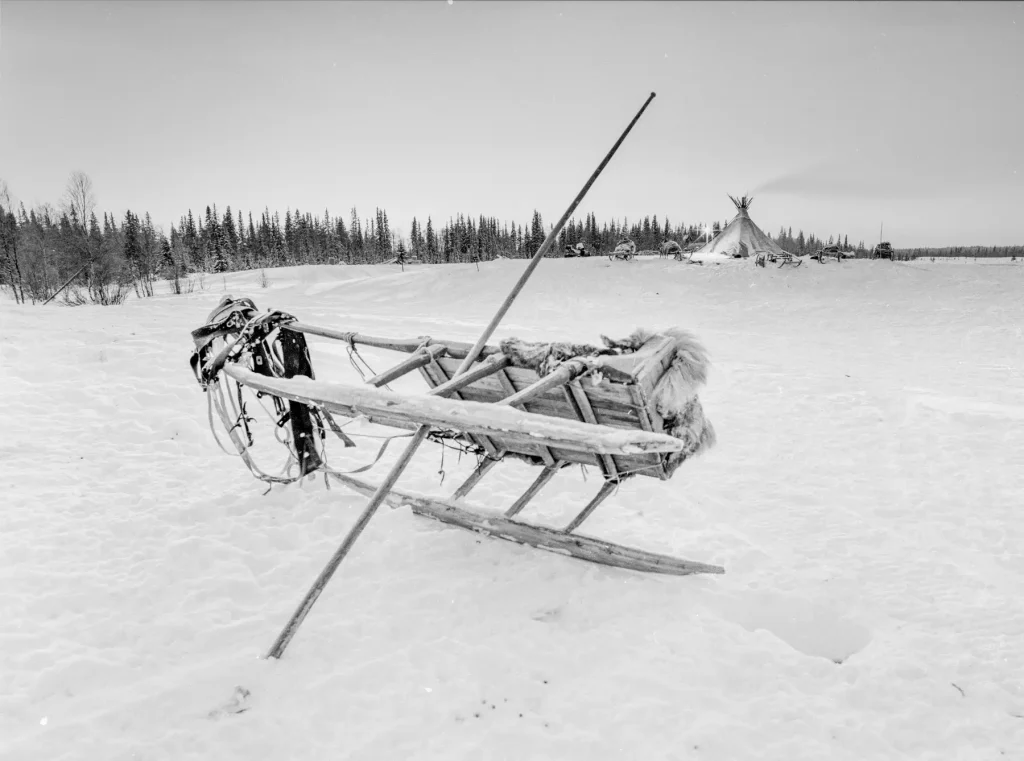
For me, 2016 was a year of flux. Coping with film discontinuations as well as my depleting repository of slide and negative films was not easy. Under these inauspicious circumstances, I undertook a project that continues till today. This is a project to document the vanishing trains of the Indian Railways in black and white.
My first experiments with black and white films was in the year 2003-04. Prior to the pandemic, my last experiments with film were in the year 2017. By experiments, I mean trying out films in different shooting conditions and seeing which films give the best combination of economy and image quality. Back then Foma 200 and 400 lost out to Orwo N74 (ISO 400). I swore by the N74 until Orwo decided to change the emulsion in late 2018.
Many of the images I shot between 2016 to 2019 for this project on the Indian Railways are found here
But I have included some below as well.
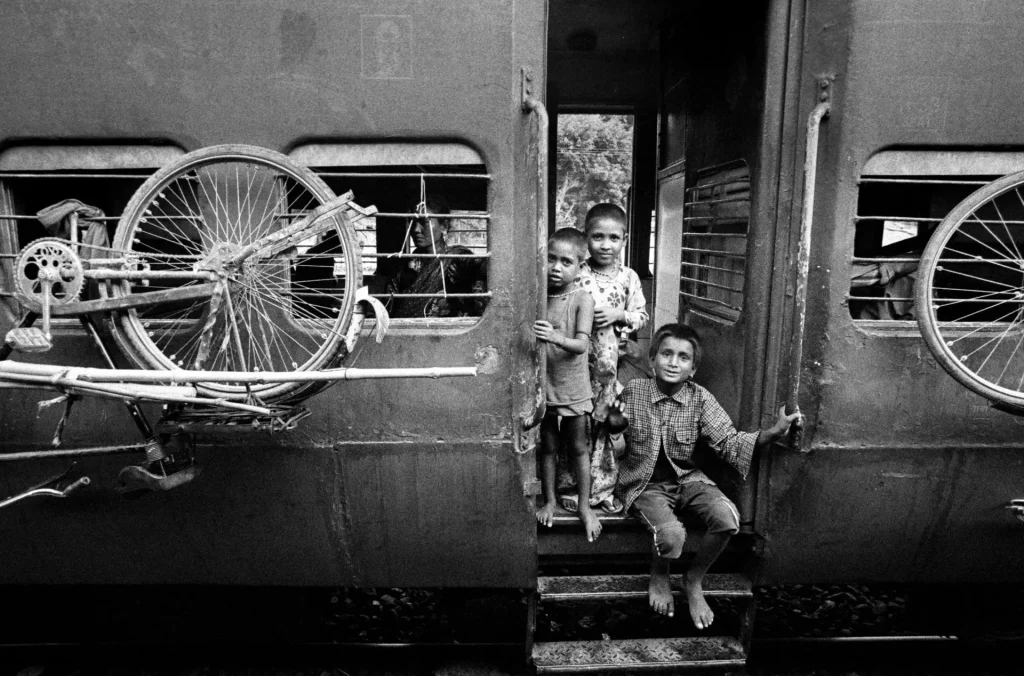
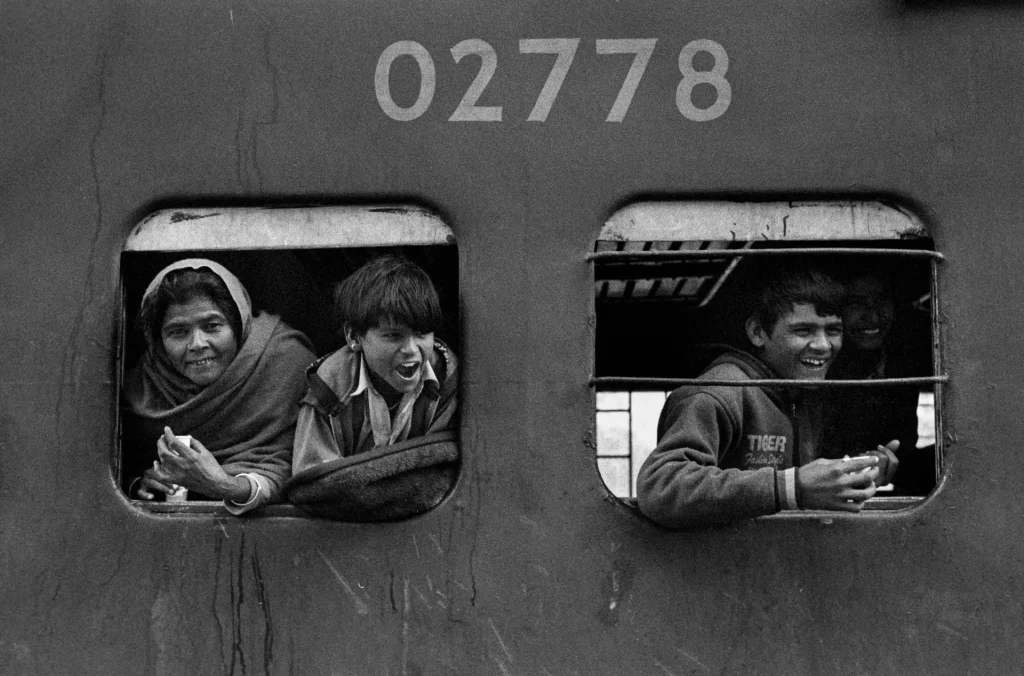
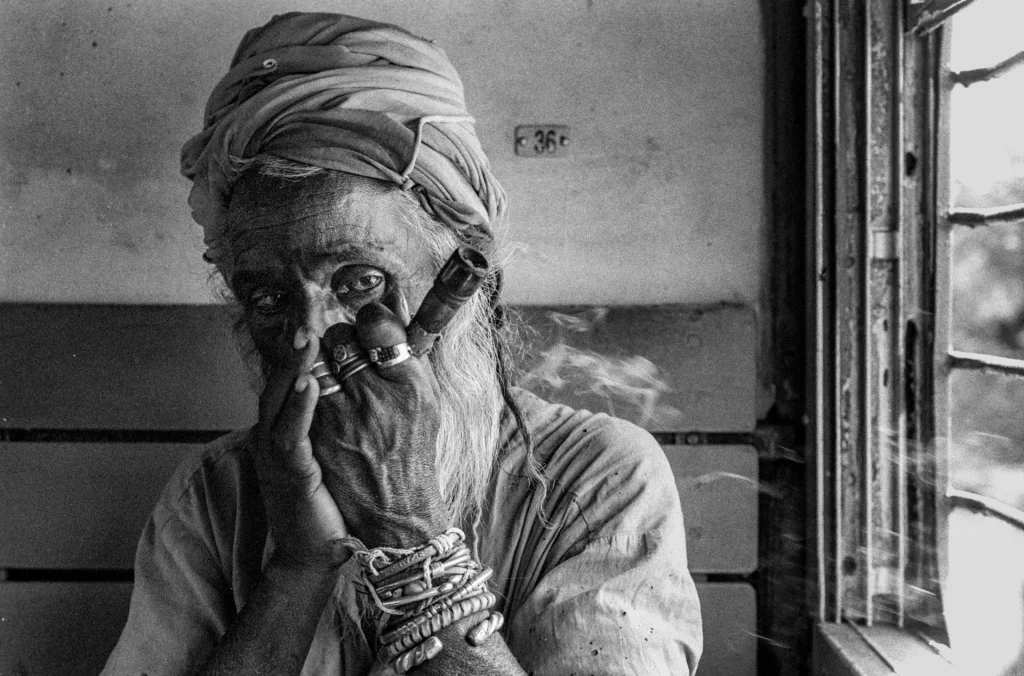
That I had found a film that was cheap, good and easy to obtain was something I’d never have thought possible. Like all good things, this too came to an end in 2018. Orwo decided to change its emulsion. The newer N75 was much slower (that 320 you see on the packaging is a lie) than Filmotec claimed. Resignation almost set in at this point for me to give up and switch to digital.. My residual stock of frozen N74 ran out in December 2019. By then Acros had become Acros II and even more unaffordable. I have 10 rolls of the original Acros in my freezer in both 120 and 135 format.
It was then I decided to evaluate another film and consider going through the pain of testing it..
Stay tuned for Part II to find out which film it was and how it fared in the tests I put it through.
Share this post:








Comments
Wiley on The Descent of a Film Photographer Part 1: From Colour to Black & White – By Nandakumar
Comment posted: 02/05/2022
Scott on The Descent of a Film Photographer Part 1: From Colour to Black & White – By Nandakumar
Comment posted: 02/05/2022
Harry Machold on The Descent of a Film Photographer Part 1: From Colour to Black & White – By Nandakumar
Comment posted: 02/05/2022
Film photography is for the financially elect only...the chosen one.
And the ones who are capable to do a lot of processing by themself what I cannot do or at least didn´t so far.
I have many film cameras; Leica´s, Nikon´s, others; you name them.
And I love to use them, in 35mm. in 120 and yes, I still keep 100 rolls in 220; seeing new 220´s coming on the market.
I will always shoot film, having hundreds of different sort in my fridge and freezer.
But for well selected moments and chosen times..
In general, I shoot digital; like Leica S (CCD only), like M 9, like Fuji X Pro 1
Which make me stay as close to film as possible.
Film is my love..
Digital Medium format is my joy..
Photography is my life..
Thank you for this article; it means so much to me in this night over here in Austria..
I wait for part II...
Your photographs are breathtaking....
And go very deep...
Stay safe..
Harry
Tim Bradshaw on The Descent of a Film Photographer Part 1: From Colour to Black & White – By Nandakumar
Comment posted: 02/05/2022
Paul on The Descent of a Film Photographer Part 1: From Colour to Black & White – By Nandakumar
Comment posted: 02/05/2022
Michael J on The Descent of a Film Photographer Part 1: From Colour to Black & White – By Nandakumar
Comment posted: 02/05/2022
Technician on The Descent of a Film Photographer Part 1: From Colour to Black & White – By Nandakumar
Comment posted: 02/05/2022
Nandakumar N on The Descent of a Film Photographer Part 1: From Colour to Black & White – By Nandakumar
Comment posted: 03/05/2022
Alan on The Descent of a Film Photographer Part 1: From Colour to Black & White – By Nandakumar
Comment posted: 03/05/2022
Jamie W on The Descent of a Film Photographer Part 1: From Colour to Black & White – By Nandakumar
Comment posted: 03/05/2022
Johan on The Descent of a Film Photographer Part 1: From Colour to Black & White – By Nandakumar
Comment posted: 03/05/2022
Leonel LeyvaC on The Descent of a Film Photographer Part 1: From Colour to Black & White – By Nandakumar
Comment posted: 03/05/2022
Me gusta el contraste y los tonos de tus fotos en blanco y negro.
Excelentes retratos!, Se ven naturales y hermosamente iluminados.
Gracias por compartir tus imágenes.
Graeme on The Descent of a Film Photographer Part 1: From Colour to Black & White – By Nandakumar
Comment posted: 03/05/2022
Gary on The Descent of a Film Photographer Part 1: From Colour to Black & White – By Nandakumar
Comment posted: 03/05/2022
Comment posted: 03/05/2022
Jay Dann Walker in Melbourne on The Descent of a Film Photographer Part 1: From Colour to Black & White – By Nandakumar
Comment posted: 03/05/2022
In or about 1975 I went big time into 35mm photography. Initially with a Mamiya SLR, then a Pentax, eventually into Nikons, rather Nikkormats. My choice (and use) of films expanded - Kodachrome, Ektachrome, Fujichrome, Agfachrome, almost every B&W film known at the time.
Things floated along nicely until the early 2000s when digital became widely available and popular, and significantly eroded my stock photography sales. Everybody posted their zillions of digisnaps on the internet and buyers picked them up for a few dollars per image. Down the gurgles went my stock image business. I still sell, but very little now, compared to back then.
I held out on digital until 2010 when Nikon released the D90, which was the first such camera I thought gave me the quality I wanted in my images. Over the next few years, I shifted my color work entirely to this Nikon (subsequently replaced by the D700 and currently, the D800, if anyone is interested to know). B&W I continued to do with my film cameras, as film gives me the mid-tones I look for in my negatives.
The Rolleis (I have four) now sit largely on the shelf. I try to use them a few times every year, for nostalgia's sake and also as I still have a few dozen roll films in my darkroom fridge. When this stock is used up, well, I don't know...
I admire anyone (like the author of this excellent article) who perseveres with film in this day and age. Alas, the writing is on the wall for 'analog' and those of us who read quickly have seen it coming for some time. I hope the film era will go on for a while yet, but here in Australia I now have to pay almost AUD$200 for bulk film, and considerably more than this for Kodak Tri-X which was once everybody's most used (and affordable) film.
Time passes, all things change. We have to go with the flow.
Or as the Buddhists say, it is seldom useful to struggle to change the weather...
From Dann in Melbourne, Australia
Dan on The Descent of a Film Photographer Part 1: From Colour to Black & White – By Nandakumar
Comment posted: 03/05/2022
I ended up selling 3x Nikon F2's to buy a D4. Blasphemy, I know.. but I am very happy with the files that the D4 sensor spits out, there is a grit and graininess to them that looks distinctly different from more modern sensors. Some of that is down to this being a Nikon with an in-house sensor, not from Sony like most of them. There is a lot out there in terms of (older) sensor tech that can work to mimic the look of slide film. Of course nothing beats the real thing, but I am just after images that speak to me and don"t have distracting qualities, especially in a print. I look forward to part 2 of this topic!
Patrick Medd on The Descent of a Film Photographer Part 1: From Colour to Black & White – By Nandakumar
Comment posted: 04/05/2022
Stelios Themelakis on The Descent of a Film Photographer Part 1: From Colour to Black & White – By Nandakumar
Comment posted: 04/05/2022
Charlie B. on The Descent of a Film Photographer Part 1: From Colour to Black & White – By Nandakumar
Comment posted: 09/05/2022
Ibraar Hussain on The Descent of a Film Photographer Part 1: From Colour to Black & White – By Nandakumar
Comment posted: 01/03/2023